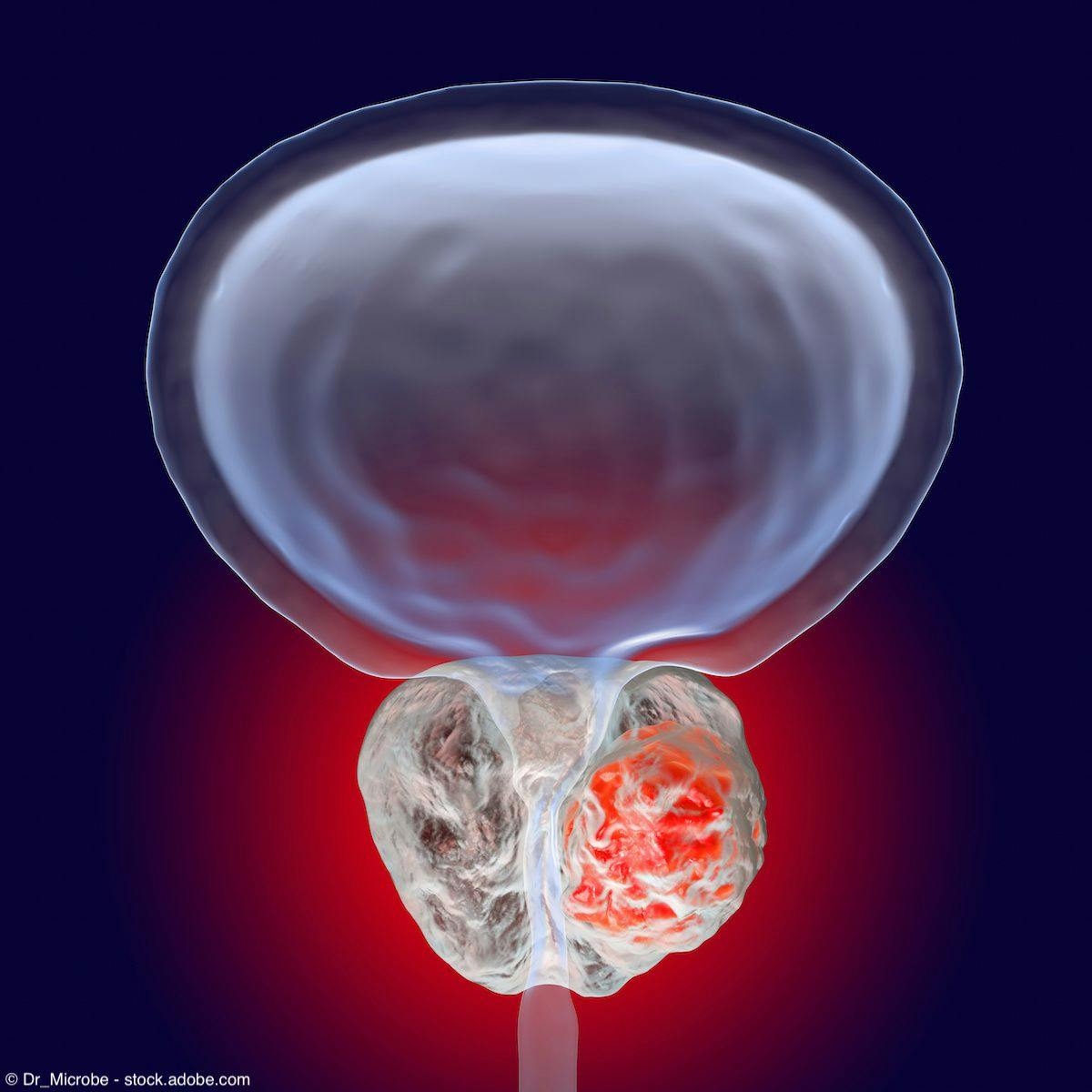News
Article
Urology Times Journal
Study shows physician recommendations drive prostate cancer treatment decisions
Author(s):
Key Takeaways
- Physician recommendations significantly influence prostate cancer treatment decisions, overshadowing patient preference phenotypes.
- High patient satisfaction and low decisional conflict suggest physicians may consider patient preferences in their recommendations.
“This highlights a need for physicians to better integrate patient preferences into their treatment recommendations," says Jonathan Bergman, MD, MPH.
A recent study published in Urology Practice found that 3 newly identified patient preference phenotypes were not associated with choice of active treatment for prostate cancer, showing instead that only physician recommendation remained significant in a patient’s ultimate treatment decision.1
Findings from a multivariate analysis of the data showed that preference-based phenotype was not associated with treatment choice.

“Men diagnosed with prostate cancer face a variety of treatment options that can have significant long-term effects on their life, making it vital for physicians to better support patients in making informed decisions about their treatment options. By identifying and understanding the different preference phenotypes among prostate cancer patients, we can help patients choose the most appropriate treatment based on their personal preferences and circumstances,” said lead author Christopher S. Saigal, MD, in a news release on the findings.2 Saigal is a professor and executive vice chair of urology at the David Geffen School of Medicine at the University of California, Los Angeles (UCLA).
For the study, the investigators collected data on patient preferences for treatment-associated survival, quality of life outcomes, and recovery time, which were obtained via a pre-visit decision aid. Following a latent class analysis of the data, patients were classified into 3 phenotypes. Class 1 was composed of patients who were highly concerned about recovery time and less concerned about improving lifespan. Class 2 was composed of patients who had an even balance of concerns among priorities. Class 3 was composed of patients who had less concern about recovery times and surgical complications, and more concern regarding improved lifespan and avoiding complications from radiation therapy.
In total, 250 men with prostate cancer used the decision aid as part of their routine care. Overall, findings from a multivariate analysis of the data showed that preference-based phenotype was not associated with treatment choice. Only physician recommendation was found to be associated with choice of active treatment.
Despite these findings, the investigators noted that patient satisfaction with their care remained high, with low decisional conflict scores and high satisfaction scores. This may indicate that physicians considered patient preferences when offering their recommendations for treatment, which could not have been measured using the decision aid software, according to the news release.2
“Understanding decision-making from the patient perspective will help us partner with patients to make the decision that is right for them,” said senior author Jonathan Bergman, MD, MPH, clinical assistant professor of urology at the David Geffen School of Medicine at UCLA, in the news release.2 “This highlights a need for physicians to better integrate patient preferences into their treatment recommendations.”
According to the news release, future work on this topic may assess how physicians can better integrate patient preferences into treatment guidelines and recommendations.
“We hope these findings provide insights that can enhance the decision-making process, improve patient-provider communication, and ultimately lead to better health outcomes and patient satisfaction,” added Saigal.2 “It is also possible that data such as these can be used to improve the patient-centeredness of national guidelines for prostate cancer treatment.”
References
1. Saigal C, Hollenbeck B, Penson D, et al. Identification of preference “phenotypes” in men with prostate cancer. Urol Pract. 2024;11(4):717-725. doi:10.1097/UPJ.0000000000000580
2. Study identifies unique treatment preference profiles in men with prostate cancer. News release. University of California, Los Angeles (UCLA). July 25, 2024. Accessed July 26, 2024. https://www.newswise.com/articles/study-identifies-unique-treatment-preference-profiles-in-men-with-prostate-cancer


























